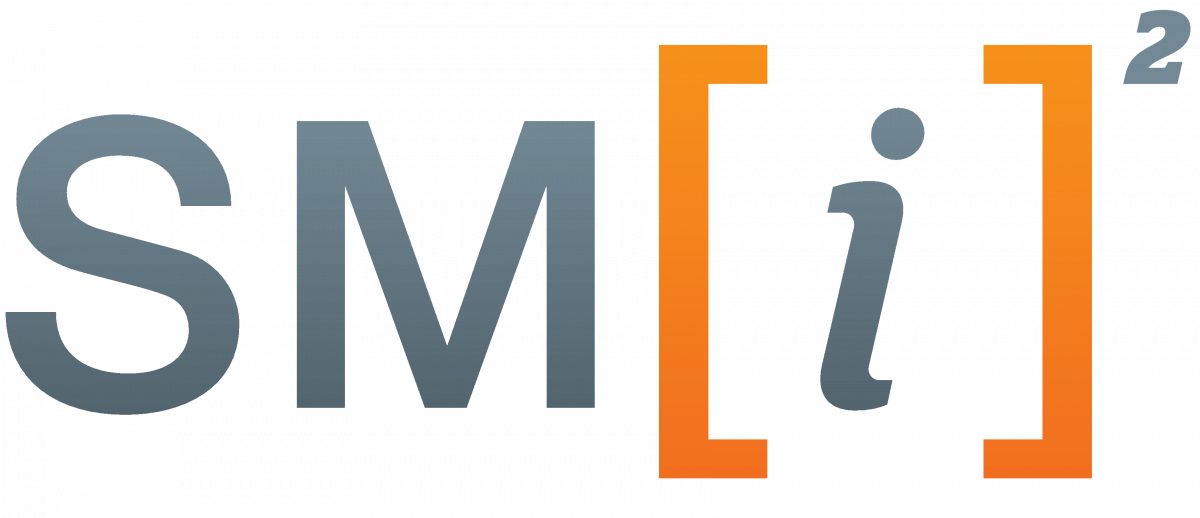The research activities of the section encompass all the MAT scientific-disciplinary sectors within macro-area 01/A, while also addressing specific applied topics from the fields of ING-INF/04, ING-IND/14, and SECS-S/06. The teams in these groups engage in a range of interconnected issues, exploring the complexities and intersections of their respective disciplines.
(i) Mathematical Methods for Analyzing Information and Shape.
Information, as conceptualized by Turing and Shannon, is numerical and thus subject to the disciplines of algebra, arithmetic, and mathematical logic. However, nature is inherently about form. Geometry and dynamical systems are employed to shape information and to extract information from form. This research delves into these fundamental ideas from multiple perspectives—including dynamical systems and morphogenesis, knot theory and topology, differential geometry, and number fields—with diverse applications in biology, art, design, and everyday life.
The main objectives of this research line include:
- applying dynamical system theory to morphogenesis and studying morphogenetic fields;
- exploring topology and knot theory with applications to design and computational aesthetics;
- employing differential geometry in the analysis of geometric and physical structures with high degrees of symmetry;
- studying rings of integers in number fields, classifying their modules, and connecting them with computability;
- applying model theory methods to modules over rings;
- investigating differential equations and functions of multiple complex variables with applications in the geometric field.
(ii) Mathematical Methods for Industrial and Economic Applications
Research groups active in this area study mathematical methods and models to address issues related to the analysis and control of dynamic systems, optimization in passenger and freight transport, classification and regression in finance, design of structures using innovative materials, stochastic problems, and machine learning techniques for electric markets and renewable energies. They also explore differential equations of gravitational collapse, cosmological solutions, Riemannian and Relativistic singularities, classification and regression problems using Support Vector Machines, mathematical and numerical models for finance, image analysis and processing with industrial and biomedical applications, and numerical simulations of fluid dynamic systems.
The main objectives of this research line include:
- analysis and control of linear and nonlinear dynamic systems, even under failure conditions, robotic systems, power systems, and energy conversion systems;
- investigating impact problems through modeling, numerical simulations, and analysis of experimental results;
- optimization, classification, and regression problems in logistics, finance, the electricity market, and the biological field;
- image analysis and reconstruction using numerical techniques;
- numerical evidence of blow-up for the Navier-Stokes equation;
- solving differential equations in finance using numerical methods;
- analysis of dynamic systems concerning gravitational collapse and cosmological solutions, studying Riemannian and relativistic geodesics in the presence of singularities.
